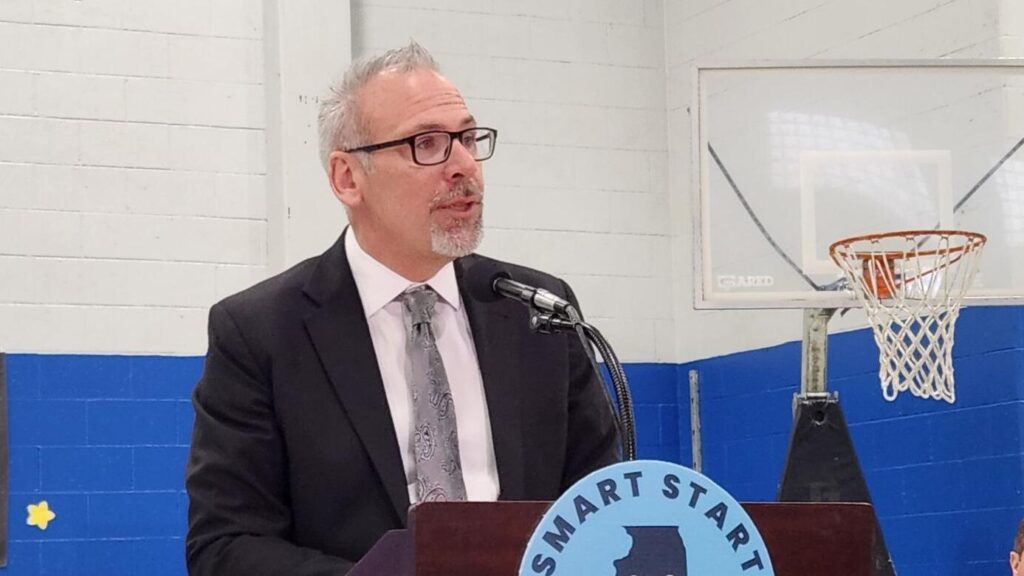Americans on Social Security will see 2.8% benefits boost next year
More than 70 million Americans receiving Social Security benefits will see a 2.8% cost-of-living adjustment beginning Jan. 2026.
The Social Security Administration made the announcement following the release of Consumer Price Index inflation data, which showed that inflation rose at an annual rate of 3% in September.
“Social Security is a promise kept, and the annual cost-of-living adjustment is one way we are working to make sure benefits reflect today’s economic realities and continue to provide a foundation of security,” SSA Commissioner Frank Bisignano said Friday. “The cost-of-living adjustment is a vital part of how Social Security delivers on its mission.”
According to SSA numbers, the COLA increase has averaged around 3.1% over the last ten years.
Meanwhile, experts across the political spectrum have been warning about the upcoming depletion of the Social Security trust fund, now projected to happen as soon as 2032. Once insolvency occurs, recipients could see a benefit cut as high as 24%, reversing over a decade’s worth of COLA increases.
Congress is in no position to unilaterally boost benefits, with the U.S. national debt topping $38 trillion in the past week, only months after reaching $37 trillion.
According to the Cato Institute, a median wage earner making $60,000 annually would need to pay an extra $2,600 in taxes yearly for Social Security at its current benefit levels to remain solvent in the near future.
Fiscal watchdogs and politicians alike have batted around ideas on how to extend Social Security’s solvency, such as privatizing the 90-year-old program or lifting the payroll tax cap.
The Social Security payroll tax will remain unchanged in 2026, according to the COLA report.
The Committee for a Responsible Budget, which commented on the 2026 COLA, suggests lawmakers adopt a COLA cap limiting the size of the annual benefits adjustment for the highest-income earners.
Depending on which income percentile of retirees is used as the cutoff point, a COLA cap could close anywhere from one-twentieth to one-quarter of Social Security’s solvency gap.
“Under this cap, beneficiaries would continue to receive a COLA, but the very highest earners would get the same COLA as the pretty high earners,” Matt Klucher, assistant director of CRFB media relations, stated. “This wouldn’t restore solvency on its own, but it would help a lot.”
Latest News Stories

Lawmakers, policy groups react to social media warning suit

From Mexico to Knoxville, five cartel leaders wanted in drugs, weapons conspiracy

Trump administration pushes to remove noncitizen Medicaid enrollees

“Candy Canes on Main” Gets Green Light for Parade, Donation

Public education budgets balloon while enrollment, proficiency, standards drop

Illinois news in brief: Cook County evaluates storm, flood damage; Giannoulias pushes for state regulation of auto insurance; State seeks seasonal snow plow drivers

Governor defends mental health mandate, rejects parental consent plan

Illinois quick hits: Arlington Heights trustees pass grocery tax

Casey Joins Land Bank, Secures EPA Grant for Sewer Planning

Plan launched to place redistricting amendment before voters in 2026

Rose G. (Crandall) Penrod

Casey Targets Two Dilapidated Properties for Remediation

Illinois GOP U.S. Senate candidates point to economy, Trump gains

Lawmaker criticizes $500 student board scholarships amid lowered K‑12 standards











